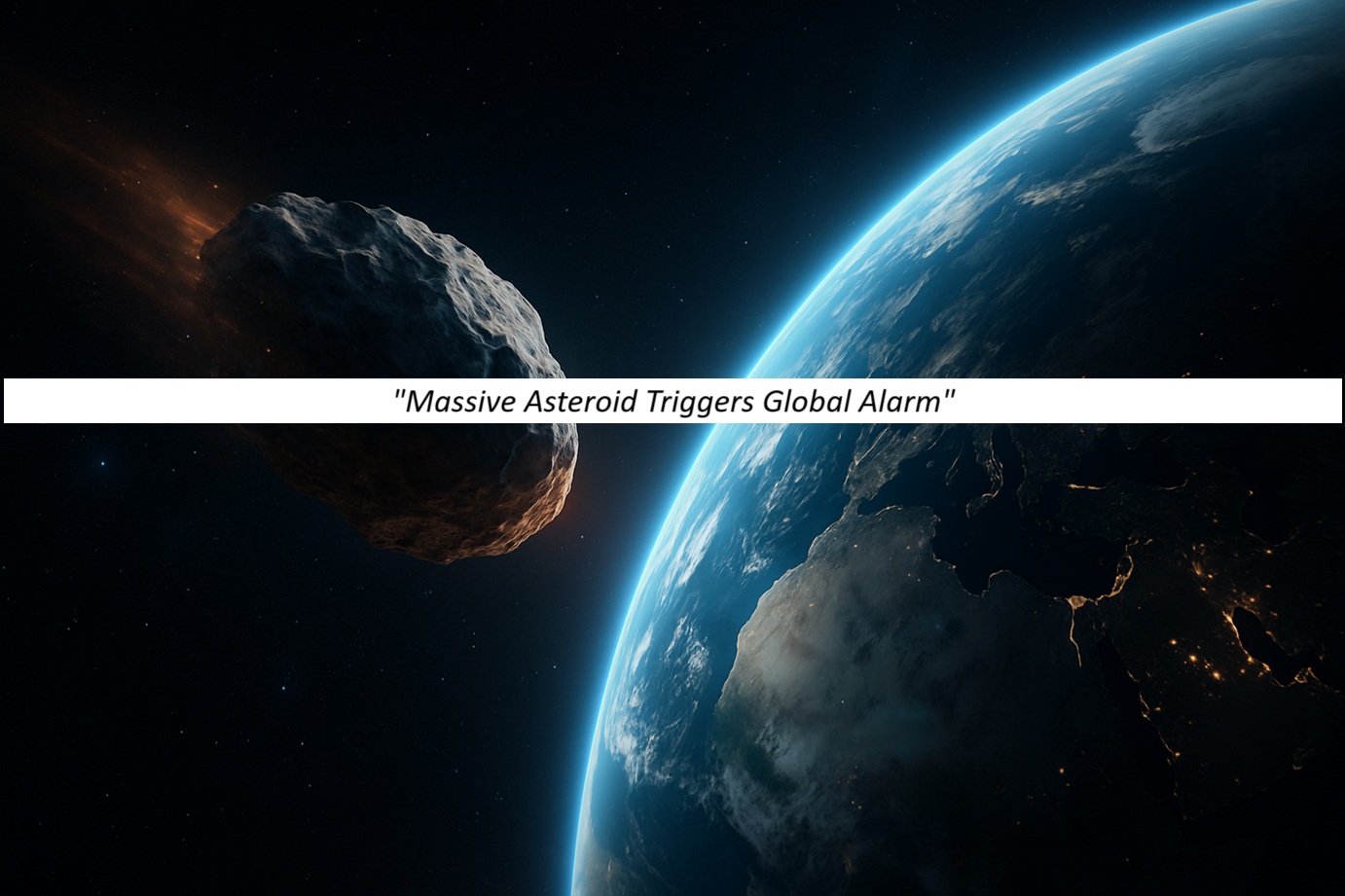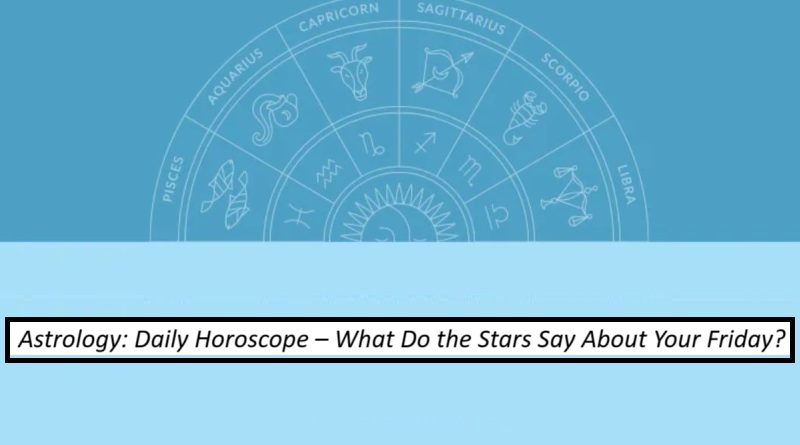Scientists urge coordinated global response as asteroid 2024 YR4 raises initial risk of Earth impact
🚨 A 2032 Collision? NASA’s Initial Findings Raise Eyebrows
NASA recently flagged an asteroid, 2024 YR4, that was initially estimated to have a 3% chance of impacting Earth in December 2032, sparking immediate global concern and media attention. While revised calculations have greatly reduced the probability of an actual collision, the event has reignited urgent discussions around planetary defense readiness.
🛰️ Discovery and Recalculation
The asteroid was first spotted by NASA’s Near-Earth Object Observations Program earlier this year. Initial trajectory models indicated a narrow possibility of impact, prompting the object’s brief listing on NASA’s Sentry Risk Table — a watchlist of potentially hazardous objects.
However, after extended observation and further analysis, experts now say the chance of impact is nearly zero. The asteroid has been downgraded in threat level, but its early classification has highlighted serious gaps in Earth’s preparedness to detect and deflect space threats in real time.
🌐 The Bigger Issue: Are We Prepared?
While 2024 YR4 is no longer considered a direct danger, scientists and defense analysts say the event underscores an urgent need for:
- Global coordination in space defense
- Increased investment in early detection technologies
- Development of viable asteroid deflection methods
“We got lucky this time — again. But one day, a rock won’t miss,” said planetary scientist Dr. Lucia Vargo. “Preparedness is not paranoia. It’s survival.”
🛡️ Current Planetary Defense Plans
NASA, in partnership with international agencies, is already working on DART (Double Asteroid Redirection Test)-like missions to test real-world asteroid deflection. The 2022 DART mission successfully altered the trajectory of the asteroid Dimorphos — a proof-of-concept hailed globally.
Still, experts argue that such experiments must now evolve into rapid deployment capabilities.
🔭 Public Reactions and Government Response
Social media platforms exploded with queries and memes about “the 2032 asteroid,” with many recalling past asteroid threats that turned out to be benign.
Governments across the globe have begun reassessing space security protocols, and the United Nations Office for Outer Space Affairs (UNOOSA) has called for a joint summit on planetary defense in early 2026.
📌 Conclusion: A Wake-Up Call
Though asteroid 2024 YR4 poses no actual threat, the initial projection served as a crucial wake-up call for space agencies and policymakers worldwide. As Earth’s dependence on technology and urban infrastructure grows, the need for a robust planetary defense system becomes not just important — but essential.



